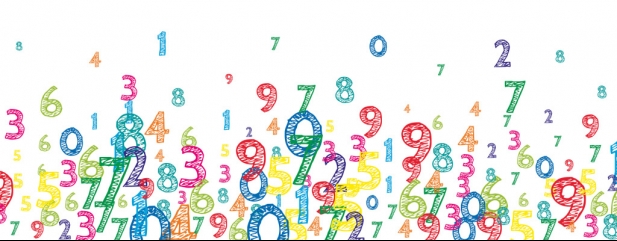Archived article
Please note that tax, investment, pension and ISA rules can change and the information and any views contained in this article may now be inaccurate.
At what point is the lifetime allowance calculated?

I have several pension pots with various companies of different sizes. I will be using all of them as drawdown. From what I understand, I can take 25% tax-free allowance from each pot, with the remainder subject to income tax.
I plan to take 25% from each of the pots over a number of years, while using my tax-free personal allowance each year.
When I start taking money from one of the pots, do I then take a snapshot of my other pots, adding them together, to get my lifetime allowance?
In other words, when is the lifetime allowance calculated? My pots may continue to grow over a few years and so is this taken into account when calculating the lifetime limit? Is it going to be calculated from each pot when I access each one?
Alan
Tom Selby, AJ Bell Senior Analyst says:
Most pension savers are entitled to take 25% of their fund tax-free from age 55 (rising to 57 in 2028). The remaining 75% is taxed in the same way as income.
In order to take your 25% tax-free cash, you need to choose a retirement income route for the rest of your fund. This could be buying a guaranteed income for life (an annuity) or keeping the money invested while taking flexible withdrawals (drawdown).
Instead of taking your whole 25% tax-free cash at once, another option is to take ad-hoc lump sums over time (known as UFPLS).
Each time you choose to access one of your pensions this will result in a ‘benefit crystallisation event’ and trigger a lifetime allowance test. This will only be in relation to the part of the pension that has been ‘crystallised’.
For example, let’s take a 60-year-old who has four personal pensions each worth exactly £40,000. If they decided they wanted to take a quarter of one of the pots (£10,000) tax-free, they might crystallise the remaining £30,000 in drawdown.
In this example two benefit crystallisation events have occurred:
Taking £10,000 of tax-free cash.
Committing £30,000 to drawdown.
Each of these events would use up a percentage of the person’s available lifetime allowance. If we assume they have the full £1,073,100 lifetime allowance available and no protections:
Taking £10,000 tax-free cash will use 0.93% of their available lifetime allowance.
Committing £30,000 to drawdown will use 2.79% of their available lifetime allowance.
Another lifetime allowance test is carried out at age 75 which will capture any growth in the drawdown fund for those who choose that income option. If in the above example the drawdown fund has increased in value from £30,000 to £50,000 by age 75 because the investor has taken no actual income withdrawals, then the £20,000 of growth will be tested.
One other thing to note is that when taking taxable income from your drawdown fund you may initially be overtaxed. You can read more about this and how to reclaim your money here.
DO YOU HAVE A QUESTION ON RETIREMENT ISSUES?
Send an email to asktom@sharesmagazine.co.uk with the words ‘Retirement question’ in the subject line. We’ll do our best to respond in a future edition of Shares.
Please note, we only provide information and we do not
provide financial advice. If you’re unsure please consult a suitably qualified financial adviser. We cannot comment on individual investment portfolios.
Important information:
These articles are provided by Shares magazine which is published by AJ Bell Media, a part of AJ Bell. Shares is not written by AJ Bell.
Shares is provided for your general information and use and is not a personal recommendation to invest. It is not intended to be relied upon by you in making or not making any investment decisions. The investments referred to in these articles will not be suitable for all investors. If in doubt please seek appropriate independent financial advice.
Investors acting on the information in these articles do so at their own risk and AJ Bell Media and its staff do not accept liability for losses suffered by investors as a result of their investment decisions.
Issue contents
Ask Tom
Editor's View
Great Ideas
- Clear road ahead for Ford Motor as share price keeps rising
- SDI shares have just hit a new record high at 217p
- Currys is looking strong ahead of key festive trading period
- Fidelity Special Values finds cheap stocks with big potential
- Buy Essentra ahead of transformation into a higher quality business
Investment Trusts
News
- Pfizer breakthrough could see travel stocks finally play catch-up
- Primark eyes US expansion as part of broader growth plan
- China’s Singles’ Day shopping event could disappoint
- Market fails to reward consensus-beating third quarter results
- UK stock winners from the $1 trillion US infrastructure plan
- Elon Musk’s stock sale could force tracker funds to buy more Tesla shares

 magazine
magazine








